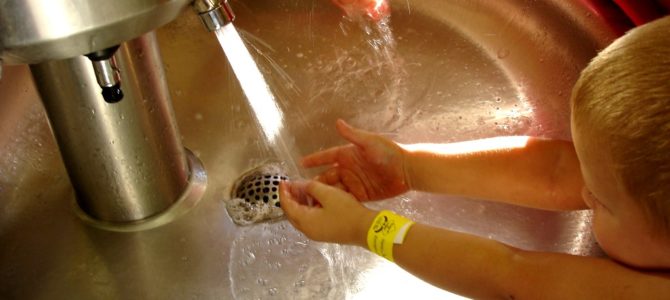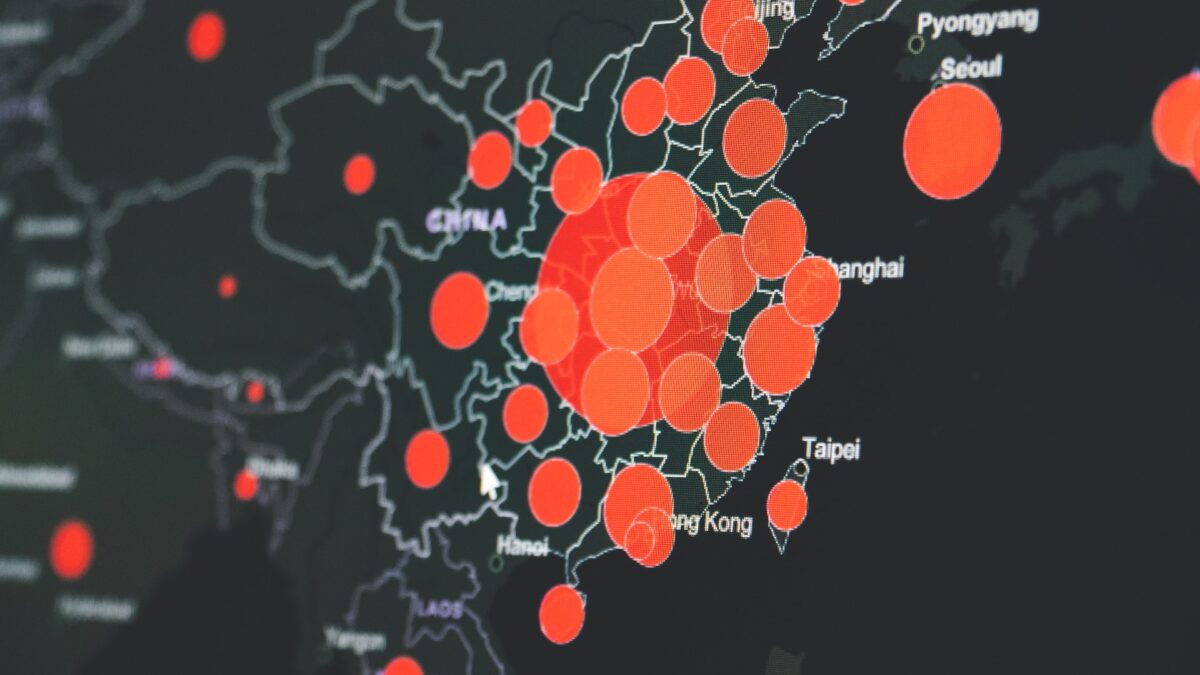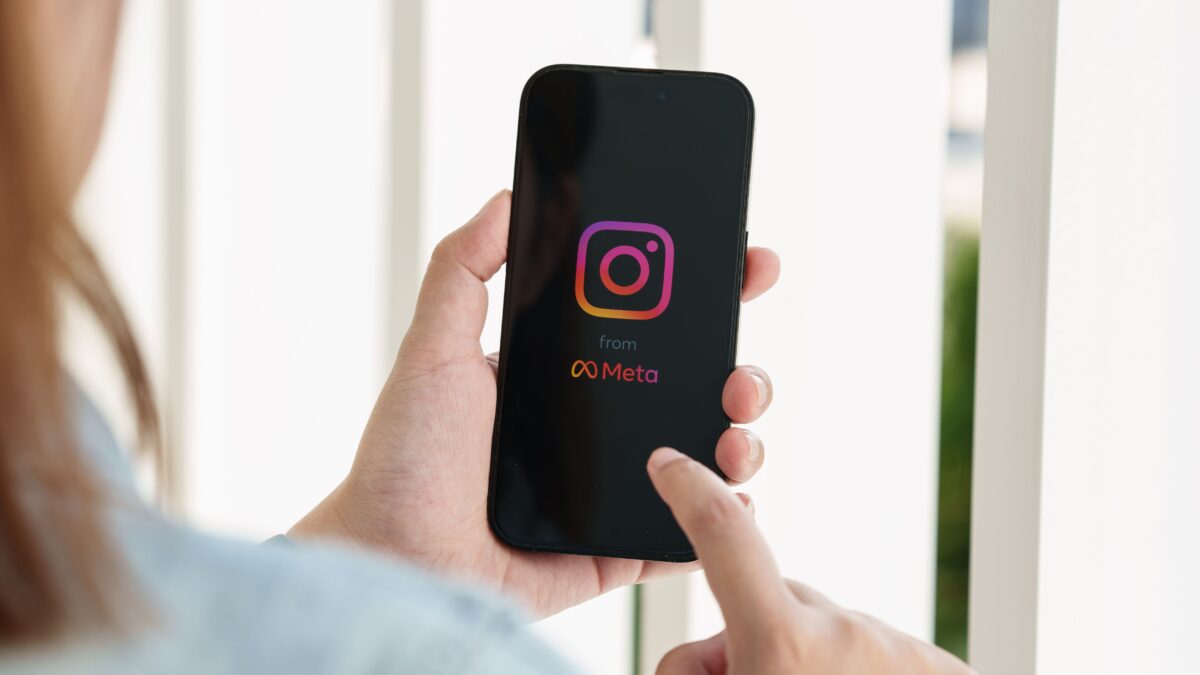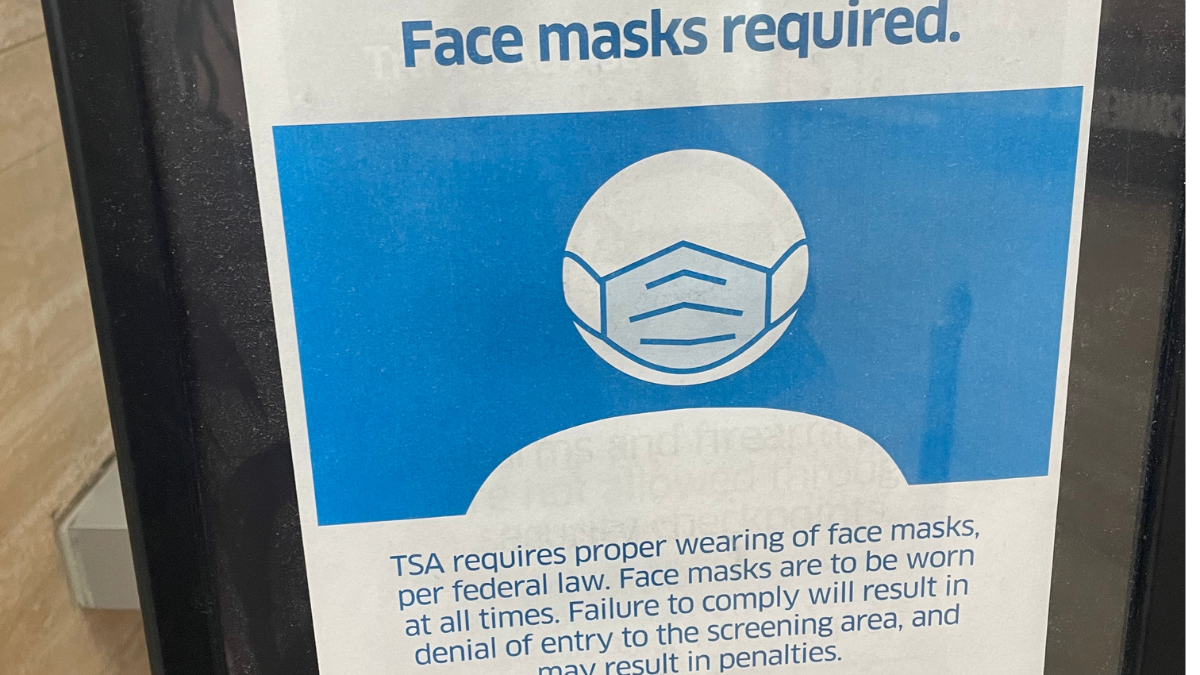
By the time we get back to normal, normal will be different. The Chinese coronavirus is a once in a generation plague, perhaps once in a century. Humanity is better equipped to respond to it than at any time in history, but there is still no easy way through this pestilence. A time of death and economic hardship was inevitable once the Chinese communists tried to cover up, rather than contain, the initial outbreak.
We are amidst the first big wave of this sea of troubles, and all of us need to do our part to help get through this. Aggressive measures have been enacted across the country to slow the spread of the virus. Painful as these are, they seem to be keeping the disease from overwhelming us.
But it is untenable to lock down much of the country until a proven-safe vaccine is available in a year or more. Thus, we need to adapt and prepare ourselves for life in the time of coronavirus. Just as the government officials and health-care providers need to plan for life after lockdown, so do the rest of us need to think about how we will need to change our behavior to defeat the viral menace.
If, as government lockdowns ease, we adapt to the coronavirus by behaving responsibly and accepting some limitations, we will be able to have a fair bit of normalcy. On the other hand, if we try to live just as before, we may find the virus making a comeback, with strict government regulations right behind it.
That is what happened here in mid-Missouri (and elsewhere) during the Spanish flu pandemic a century ago, and it could easily happen again. Oscillating between strict lockdowns when things get bad and rapid outbreaks when quarantines are lifted would exacerbate the harm to both public health and the economy.
Thus, if we want to maintain our freedom after the most onerous restrictions are lifted, we will need to live in ways that limit the spread of the disease as well as providing extra protection for the most vulnerable. Some measures will be relatively easy to keep up, such as effective sanitation and hygiene. Frequent handwashing is not hard, and hand sanitizer should be everywhere.
Other changes will be more burdensome and require new cultural norms. For example, we should continue to normalize the wearing of masks in public and encourage people to wear them in crowded public spaces while the pandemic persists.
It will also be important to continue to practice social distancing. When bars, clubs and restaurants reopen, they and their patrons will still need to find ways to keep people spaced out. When church services resume, congregants should not go around hugging and shaking hands just yet.
Additionally, business and public places where people will be packed together should consider screening people before entry. Transmission from those who are asymptomatic will still be a threat, but we can reduce the risk by sending those with fevers or coronavirus symptoms home. Screening should also be instituted to protect the most vulnerable; nursing homes, assisted living facilities, senior centers, and similar places should be checking everyone who comes through their doors—visits to grandma should begin with a temperature check and a surgical mask.
While the most aggressive of these measures will roll back once the pandemic passes, it would be good if we remain more conscientious of those who are more vulnerable to disease than we are. There are a lot of problems with the comparisons between the ordinary flu and the coronavirus pandemic, but they do highlight that we should be getting our flu shots each year—and if you don’t, then stay away from the old folks and the babies.
It would also be better if people just stay home when they are sick. This simple self-isolation is one of the most effective methods of containment, but there are strong headwinds against it in the United States.
For example, keeping sick children home from school requires someone to be home to care for them, but many households depend on schools as childcare. Single-parent homes, or those relying on two full-time incomes earned outside the home, often have limited flexibility to stay home when a child is sick. Grandparents often fill the childcare gap, but this exposure is particularly hazardous to them during the current pandemic.
As for adults, many Americans embrace a culture of working through illness. Some of this is the result of stingy sick leave policies or a corporate culture that discourages their use. But it also arises from turning sick days into vacation days; some people will work through an illness in order to save their sick days for personal use later. Giving workers more sick days needs to be coupled with a cultural change that applies social pressure against both coming into work sick and against using sick days as vacation time.
If Americans are to return to the workplace and marketplace, we need to trust that those around us will not recklessly endanger us. Unfortunately, even if a majority of Americans behave responsibly, an irresponsible few—from the guy who thought it was funny to lick things at Walmart to the guy who exposed a lot of hospital staff while his wife was in labor—can ruin it for the rest of us.
Thus, it will be necessary to stigmatize dangerous behavior that risks spreading the virus and prolonging the pandemic. People who refuse to take personal responsibility to protect themselves and others (e.g., the guy coughing over the buffet) should become social outcasts. Social stigma can crude and cruel, but it is still gentler than government force.
As lockdowns end, our choice is simple: either we adapt and impose responsible behavior on ourselves, or it will be imposed on us by the government.









